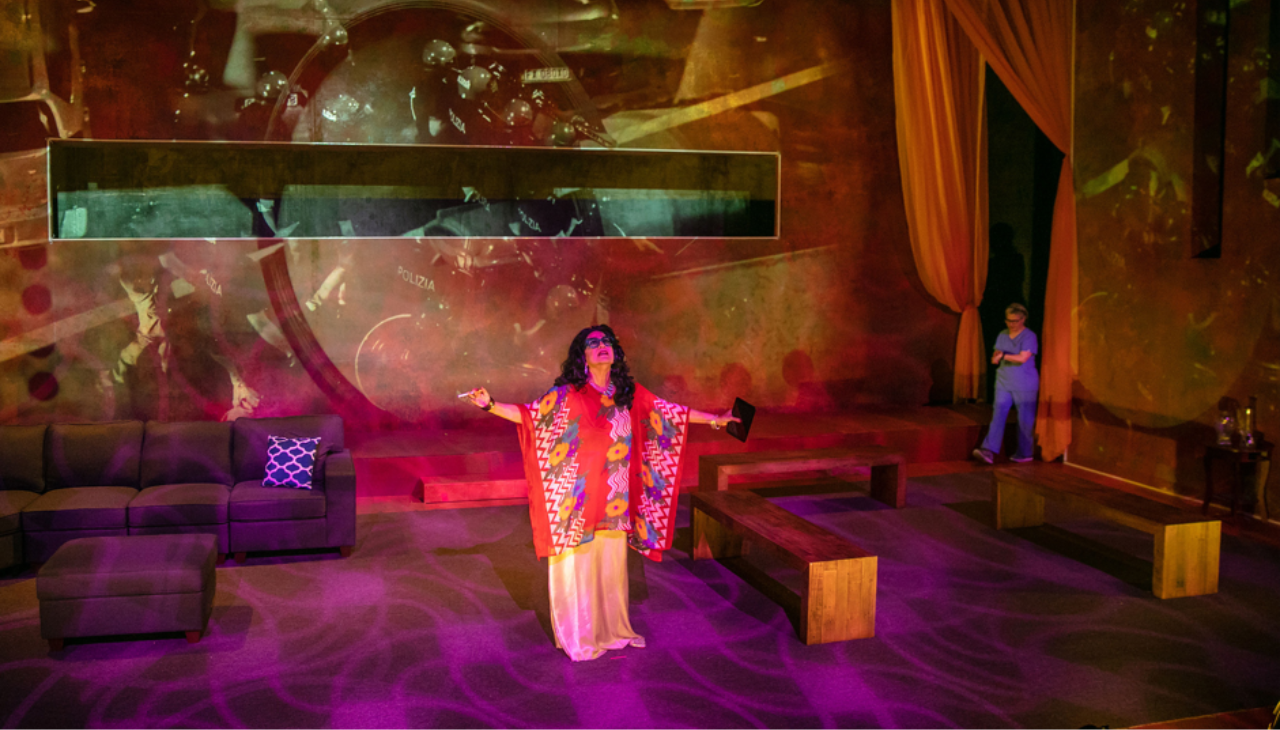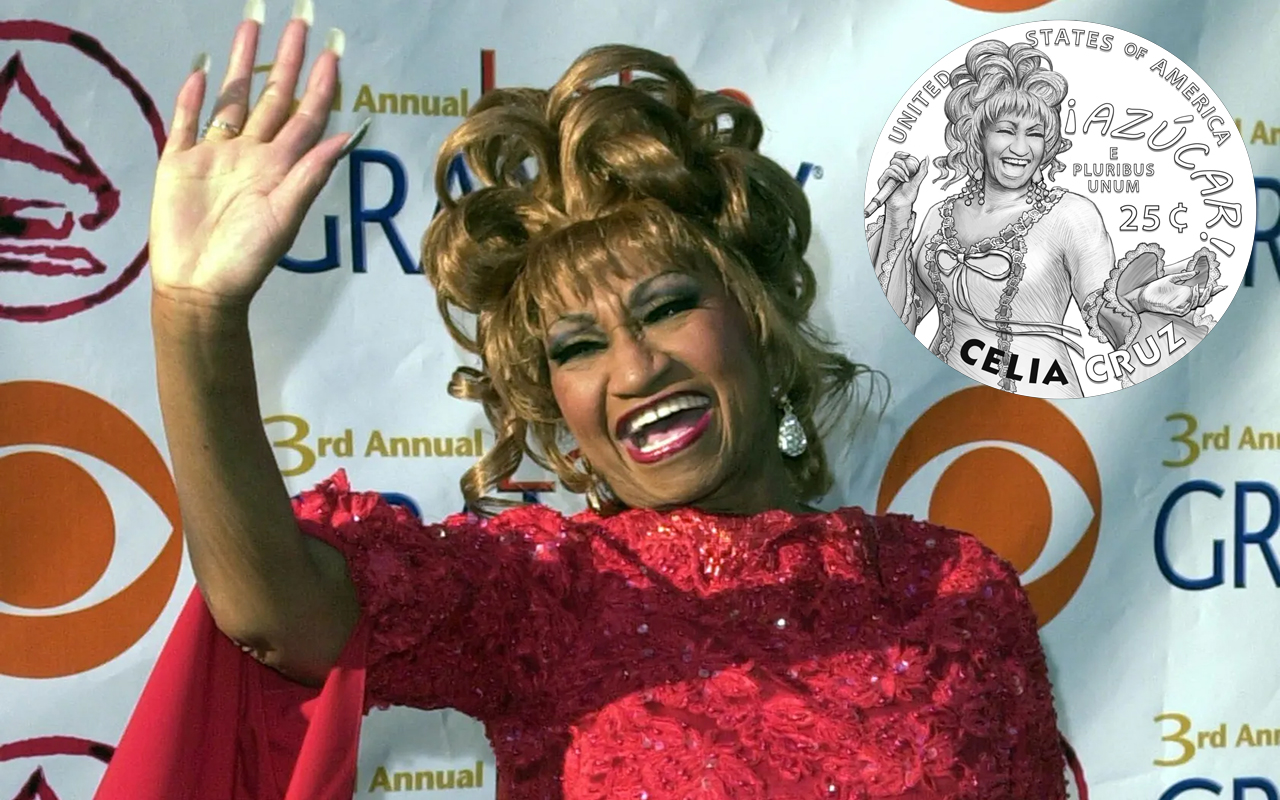
The influence of Hispanic culture on cinema
From Mexico to Spain, talented directors have brought the essence of their roots to the big screen, becoming industry benchmarks.
Hispanic culture has left an indelible mark on world cinema, bringing rich narratives, vibrant aesthetics and a diversity of perspectives that have enriched the cinematic experience.
Below are some Hispanic filmmakers and the influence they have had on the audiovisual industry:
Alfonso Cuarón: Visual Poetics and Memory
One of the most internationally recognized filmmakers is Alfonso Cuarón. With masterpieces such as “Gravity” and “Roma,” Cuarón has demonstrated his ability to blend technical innovation with deep emotional connection. “Roma,” in particular, is not only a celebration of life in Mexico City, but also addresses themes of memory and identity in an intimate and poetic way. Its visual and narrative approach has broadened the appreciation of Mexican cinema on a global scale.
Guillermo del Toro: Fantasy and Folklore
Director Guillermo del Toro has taken elements of Mexican folklore to new heights. With films such as Pan's Labyrinth and The Shape of Water, del Toro blends genres, fusing horror and fantasy with a deeply human narrative. His distinctive style, which celebrates beauty in the grotesque, has resonated with audiences around the world, highlighting the richness of the Hispanic cultural tradition.
Pedro Almodóvar: Colors and Emotions
From Spain, Pedro Almodóvar has revolutionized contemporary cinema with his bold approach and ability to explore themes of identity and sexuality. His films, such as “All About My Mother” and “Talk to Her,” are infused with a vibrant visual style that reflects Spanish culture. Almodóvar has created complex characters that have transcended borders, allowing viewers to see the diversity and depth of the human experience.
RELATED CONTENT
Alejandro González Iñárritu: The Struggle of the Human Being
Mexican director Alejandro González Iñárritu has captured human struggle and resilience through powerful narratives. With titles such as “Birdman” and “The Reborn,” Iñárritu has stood out for his non-linear narrative style and his exploration of universal themes. His ability to address the human condition in diverse contexts has reinforced the relevance of Mexican cinema on the international scene.
Lucrecia Martel: A Subtle Gaze
Finally, Argentine director Lucrecia Martel offers a unique perspective through her observational and subtle style. Films such as “La niña santa” and “Zama” present intimate portraits of Argentine society, exploring cultural and social tensions with poetic sensitivity. Her approach is thought-provoking and underscores the complexity of identity in Latin America.
The influence of Hispanic culture on cinema continues to boom, and these directors are just a few examples of how they have contributed to expanding cinematic storytelling. Through their works, they have addressed themes such as identity, family and history, offering a window into the Hispanic experience that resonates around the world. Film, as a mirror of society, continues to evolve, and the rich diversity of Hispanic culture will continue to play a key role in its development.











LEAVE A COMMENT:
Join the discussion! Leave a comment.